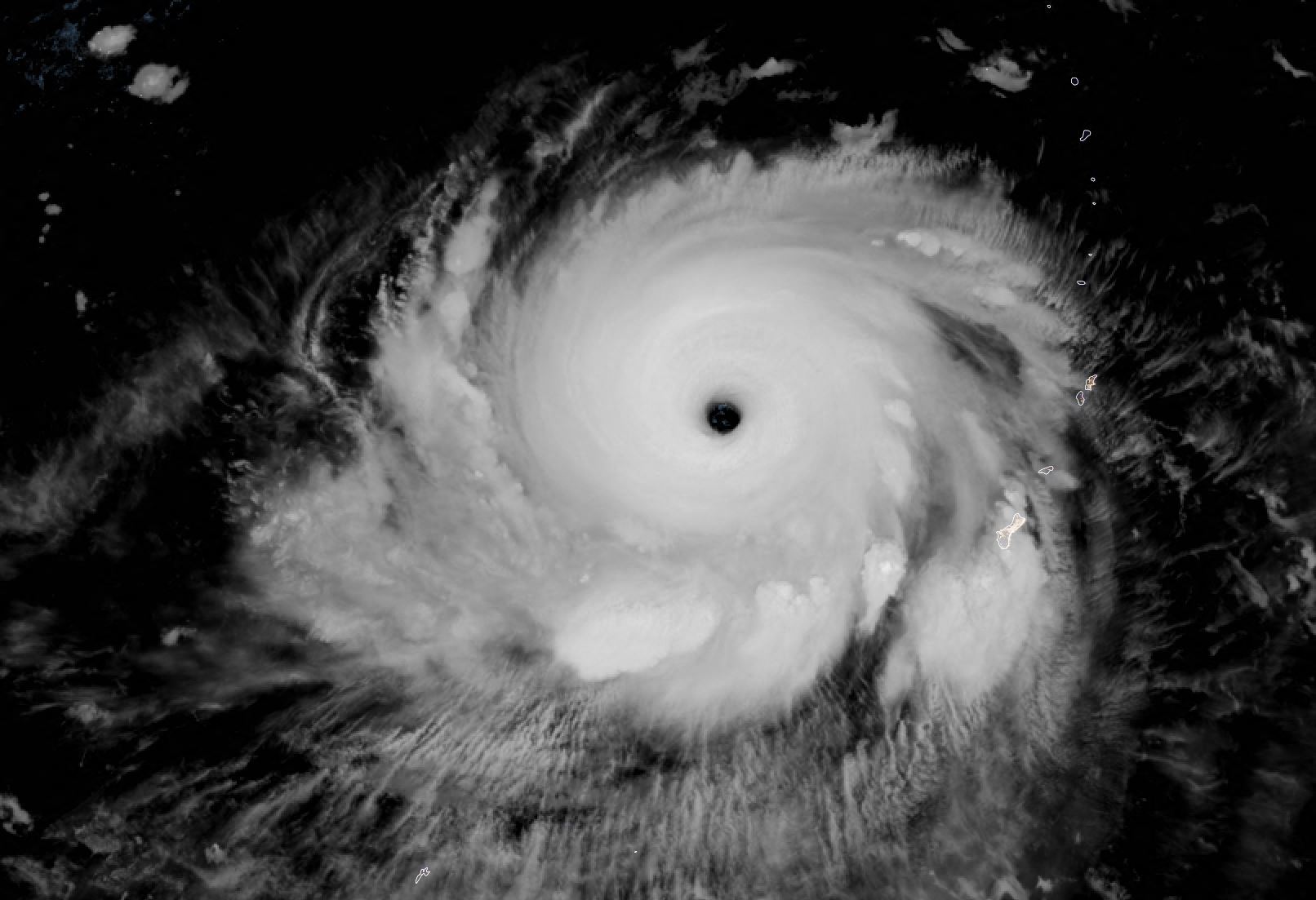From Odette to Mawar: The most powerful typhoons to hit the Philippines
Philippines is considered the most exposed country in the world to tropical storms

As typhoon Mawar barrelled its way towards the Philippines as a “super typhoon”, the nation braced itself for a weekend of heavy rains and winds.
After rapidly intensifying to become the most powerful storm of 2023 after battering Guam, typhoon Mawar posed a significant threat with peak winds reaching 215kph and gusts nearing 265kph.
Follow our live blog for all the latest updates
The Philippines is considered the most exposed country in the world to tropical storms as approximately 20 cyclones enter the Philippine Area of Responsibility (PAR), the area of the ocean the country monitors, yearly.
As the country once again prepares for the onslaught of this powerful cyclone, here are some of the strongest storms that have battered the country in recent times.
Typhoon Yolanda (Haiyan) 2013
The deadliest to strike the Philippines in recent years was typhoon Yolanda, which left over 6,300 people dead in November 2013.
With winds of 315kmh, it was also the world’s strongest tropical cyclone of 2013, and devastated the central part of the country, particularly Tacloban City.
The storm surge, reaching up to 25 feet in some areas, resulted in widespread destruction with many buildings destroyed. It cost damages of about $2.98bn (£2.41bn), the costliest in Philippines history.
Typhoon Odette (Rai) 2021
Typhoon Rai, known in the Philippines as super typhoon Odette, was the second costliest typhoon in Philippine history behind Typhoon Yolanda.
It swept through 11 of the country’s 17 regions in December 2021, leaving behind a trail of flattened homes, damaged farms, and other food sources, severely affecting people’s lives and livelihoods.
It killed 410 people and cost about $1.02bn (£972m).
Typhoon Pablo (Bopha) 2012
Another typhoon that caused heavy devastation in the Philippines region was the 2012’s Bopha, or locally named Pablo. It was considered the strongest tropical cyclone to ever hit Mindanao island.
Recording over 280kph of winds, the typhoon made landfall in three separate locations: Northern Mindanao, Central Visayas, and Palawan.
It affected over five million people and left at least 1,900 people dead.
The damages from the cyclone stood at $1.16m (£939m), the third costliest for the southeastern nation.
Typhoon Glenda (Rammasun) 2014
The typhoon left 225 people dead and unleashed destructive impacts across the Philippines, South China, and Vietnam in July 2014.
It reached the Philippines after passing directly over Guam with a wind speed of 260kmh and a rainfall volume of 200mm.
This typhoon caused damage amounting to over $771m (£625m). It also left almost 90 per cent of Manila residents without power for days.
Typhoon Ompong (Mangkhut) 2018
Super typhoon Mangkhut caused extensive damages in Guam, the Philippines, and South China in September 2018.
It was also the strongest typhoon to affect Hong Kong since Ellen in 1983.
With highest winds of 285kmh, the typhoon made landfall in northern Cagayan valley, leaving a trail of destruction in its wake.
The torrential rainfall triggered landslides and destroyed buildings. Almost all buildings in Tuguegarao, Cagayan‘s provincial capital experienced some sort of damage due to the typhoon.
The storm caused a total of $3.77bn (£3.05bn) in damage across multiple nations, along with at least 134 fatalities reported: 127 in the Philippines, six in mainland China, and one in Taiwan.
Join our commenting forum
Join thought-provoking conversations, follow other Independent readers and see their replies
Comments


Bookmark popover
Removed from bookmarks